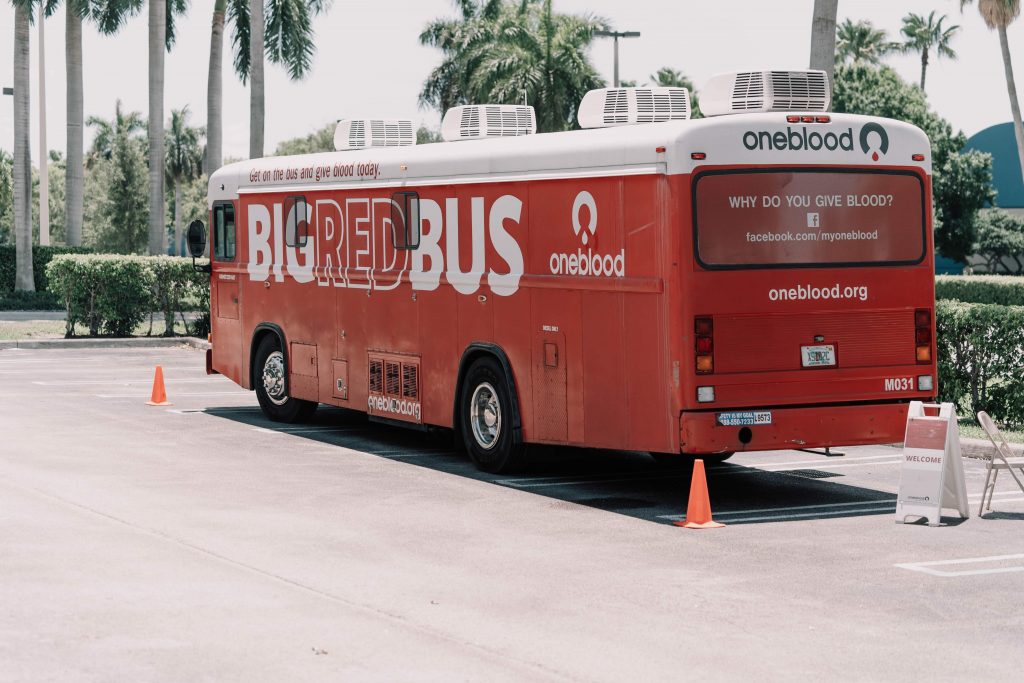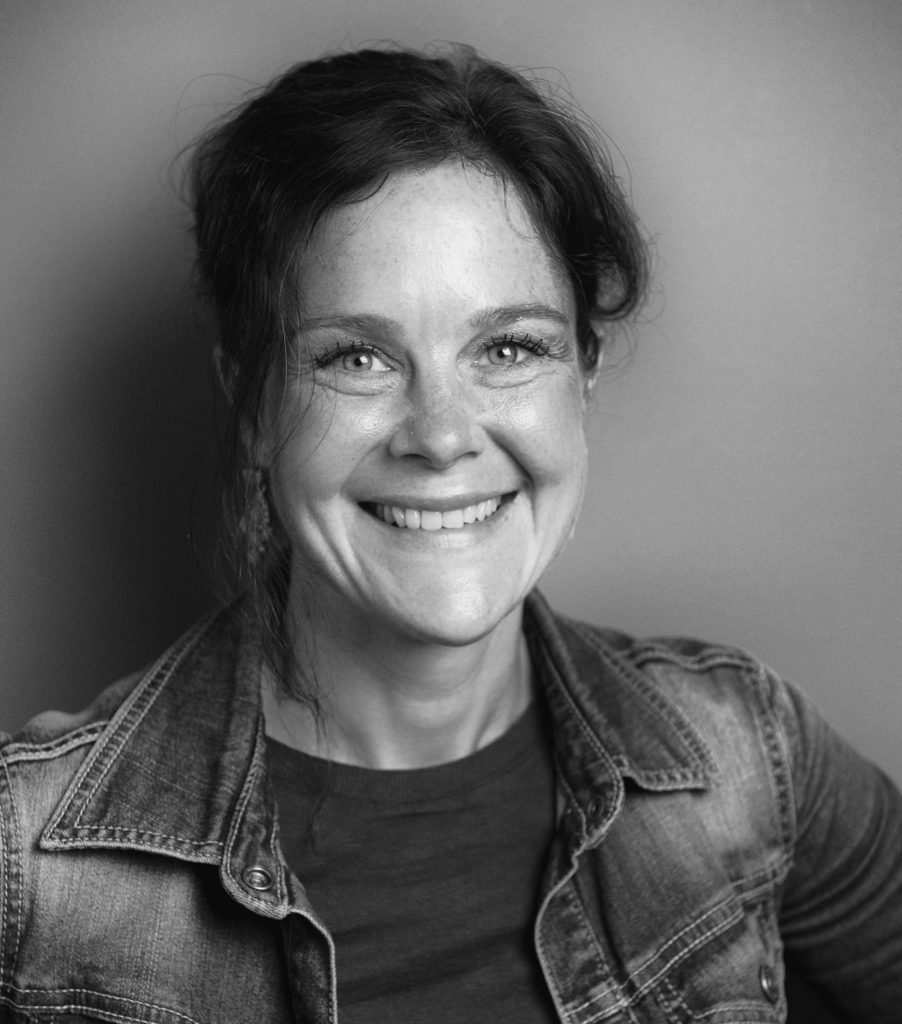Network and context in blood donor research and management
Eva-Maria Merz

Blood and plasma donation, as all donations of bodily material, can and do save lives. However, people don’t just wake up one day and think ‘today, I will become a blood donor!’…. Rather, there are many reasons, events, barriers and contextual aspects that lead to or prevent that ‘aha!’ moment when someone decides to become a donor of blood or other bodily materials. In donor research, however, there is less focus on context, in favor of identifying individual factors that determine donation. Below, I draw attention to three contextual factors that are of interest to blood banks and policy makers in efforts to attract donors and keep them engaged.
Social contagion
Social relations with family members, friends or others can be critical for gaining knowledge, becoming aware of the need and developing attitudes about different types of prosocial behavior such as organ donation registration or volunteer work. Put simply – if you know someone who gives and talks about donating, then you come to learn about this type of help, or they may ask you more directly to join them in helping others. These solicitations by others, observation of prosocial behavior in others, information about need, and norms about prosocial behavior often travel through social relations and may result in ‘social contagion’.
Research shows that social contagion is important not only for recruiting donors but also for preventing their lapse. For example, in a study using a quasi-randomized phoned call intervention with blood donors who lived at the same street address, Bruhin, Goette, Haenni, and Jiang examined the extent to which the tendency to donate ‘spilled over’ within these pairs. Results showed that spillover from a blood donor explained approximately 40% of the motivation to donate for their tenant.
Piersma and Klinkenberg found that 45% of blood donors registered on the Dutch blood donor database were recruited by other donors, and this method of recruitment was linked to higher numbers of donations. Piersma, Bekkers, de Kort, and Merz also showed that life events such as a family member receiving a blood transfusion, or the death of a family member decreased the chances that donors would lapse. Collectively, this research suggests that policy makers should consider solicitations for donation through pairs or groups with strong social ties.

In an early pilot of this type of approach, Smith and Waller invited blood donors to register as ‘recruiters’ whose role it was to tell others about blood donation and how to sign up to donate. They found that 190 active blood donors who registered as recruiters, and who received materials to help them recruit others as blood donors, resulted in 65 new donors who kept their appointments, at a cost of $2USD per appointment.
Parental influence
Another form of social encouragement is that of parents who have a particularly strong influence on the prosociality of their children. Role modeling by parents and conversations about giving behavior are strongly related to adolescents’ giving and volunteering. Yet, evidence about whether and how social relations shape blood donation behavior is scarce. Findings on parental influence from the charitable giving and volunteer literatures, however, suggest that this may be an often-overlooked way for policymakers in general and blood banks in particular to nurture giving. Parents, teachers and other representatives of institutions of influence should model donation behavior and engage children and adolescents in conversations about giving early in childhood and adolescence. However, to date, there is limited information about the role that parents and other adults of influence can play in the future blood donation behavior of their children.
Blood bank factors
Once, donors have enrolled and start their donor career, collection agencies and society more broadly need to cherish them as much as they can! Unlike other forms of prosocial behavior which may comprise an act as simple as throwing coins into a collection tin, donors go through many steps to donate blood. They have to complete an online health and behavior check, present at the collection site often at a predesignated time, wait, answer more health check questions, have a needle inserted, donate, and then enjoy some refreshments.
In all these moments, donors experience a multitude of different and sometimes conflicting experiences and emotions. On the one hand, donors experience professional communication, a warm welcome, a friendly nurse and competent treatment, but these experiences are coupled with waiting times, inconvenient opening hours, a (potential) deferral, perceptions of unfriendly staff or pain and dizziness.

(Combinations of) these blood bank factors determine the future of donors, their career as donor and whether and how often they return to the blood bank. Merz, Zijlstra, and de Kort examined whether donors intended to donate after an invitation (show behavior), and the impact of the characteristics of blood bank collection sites in the Netherlands on this show behavior. Donors had higher odds of intended show behavior at sites that were fixed (not mobile), with more extensive opening hours, and higher aggregate satisfaction scores.
Piersma, Bekkers, de Kort, and Merz also examined the impact of closing donation centers on blood donor lapse. Donors were 53% more likely to lapse if their nearest donation center closed compared to donors whose nearest center stayed open. The more distant donors were from a new donor center, the greater their chance of lapsing. Thus, despite altruistic motivations for donation, donors were impacted by the costs of time and inconvenience to travel to a new collection center location when their existing center closed.
Many of these blood bank factors that impact donor careers can be controlled and improved by blood banks and can help to recruit and retain donors. When donors are satisfied with their donation experience, they return more reliably, more often and develop a donor identity more easily.
Taken together, the evidence shows that it is time to more explicitly acknowledge and examine the role of social, cultural and societal context in blood donor motivation and behavior.
About the author
Eva-Maria Merz is a sociologist with a background in family studies and demography. She is head of the research line Donor Behaviour at Sanquin and Associate Professor at the Sociology department of Vrije Universiteit Amsterdam. She combines her theoretical and quantitative methodological expertise within the topic of (blood) donor behaviour in order to study donor life-courses and the influence of personal and social network characteristics across different contexts. Her passion for this subject stems from her scientific involvement with different types of prosocial behaviour, for example family care, and fascination with public health issues. After having finished her pre-clinical exams in Medicine, Merz obtained a Master’s degree in Social Sciences and a PhD in Developmental Psychology.
In 2018, she received a European Research Council (ERC) grant in order to study motivators and barriers of donor behavior over time and across different cultural and societal contexts. Merz´ research benefits from her theoretical expertise in social science theories on prosocial behaviour and her fruitful collaborations within the Dutch Blood Bank, the Biomedical Excellence of Safer Transfusion (BEST) Collaborative, and the International Society of Blood Transfusion (ISBT).


Great blog Eva. I agree that the socio-cultural aspects of blood donation are often overlooked, something I’m trying to address in my own work, so I’m really excited to read this piece.